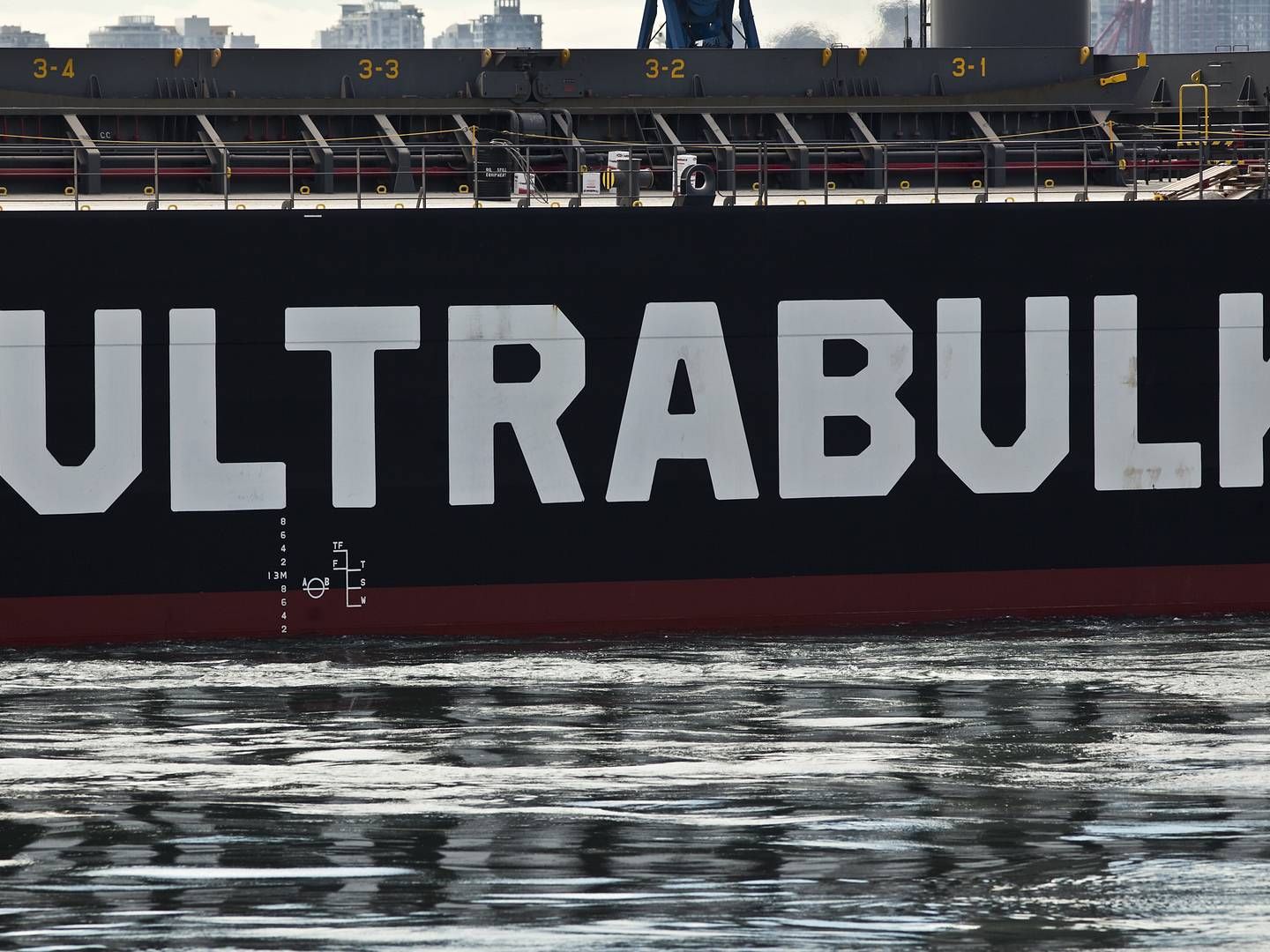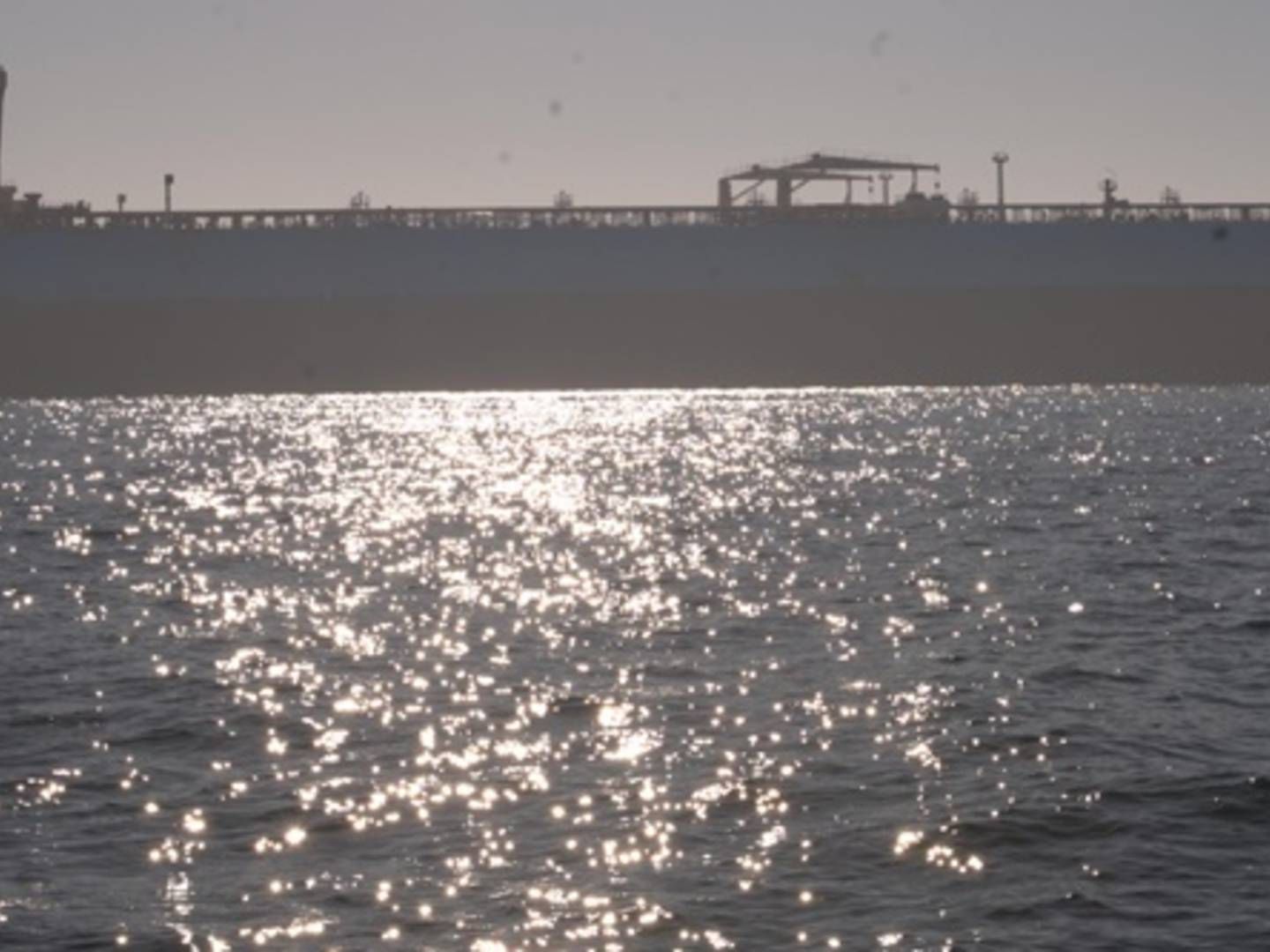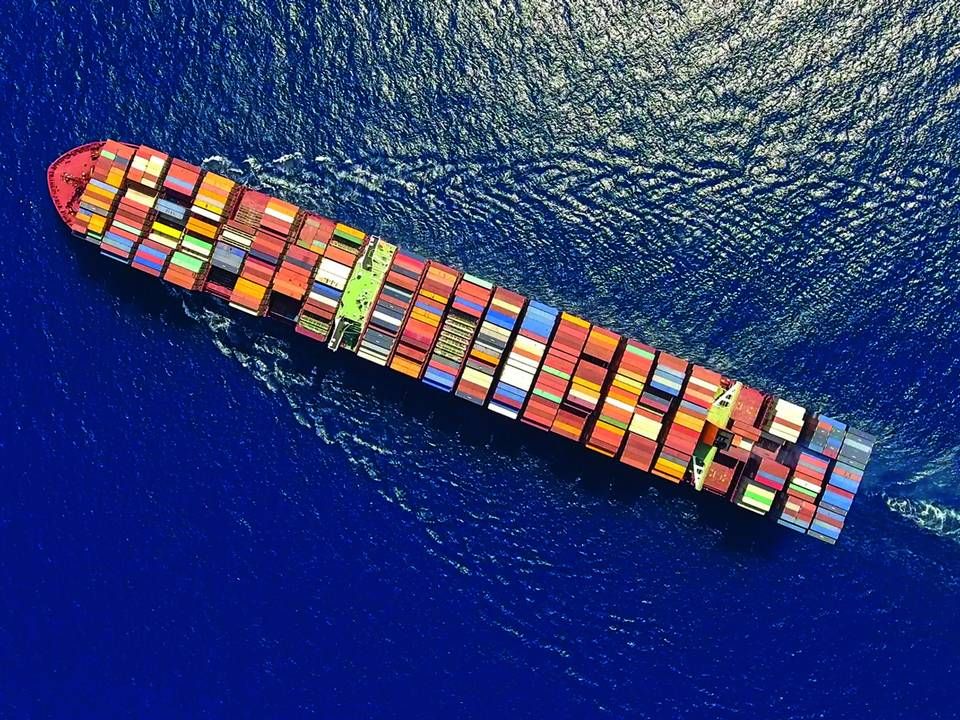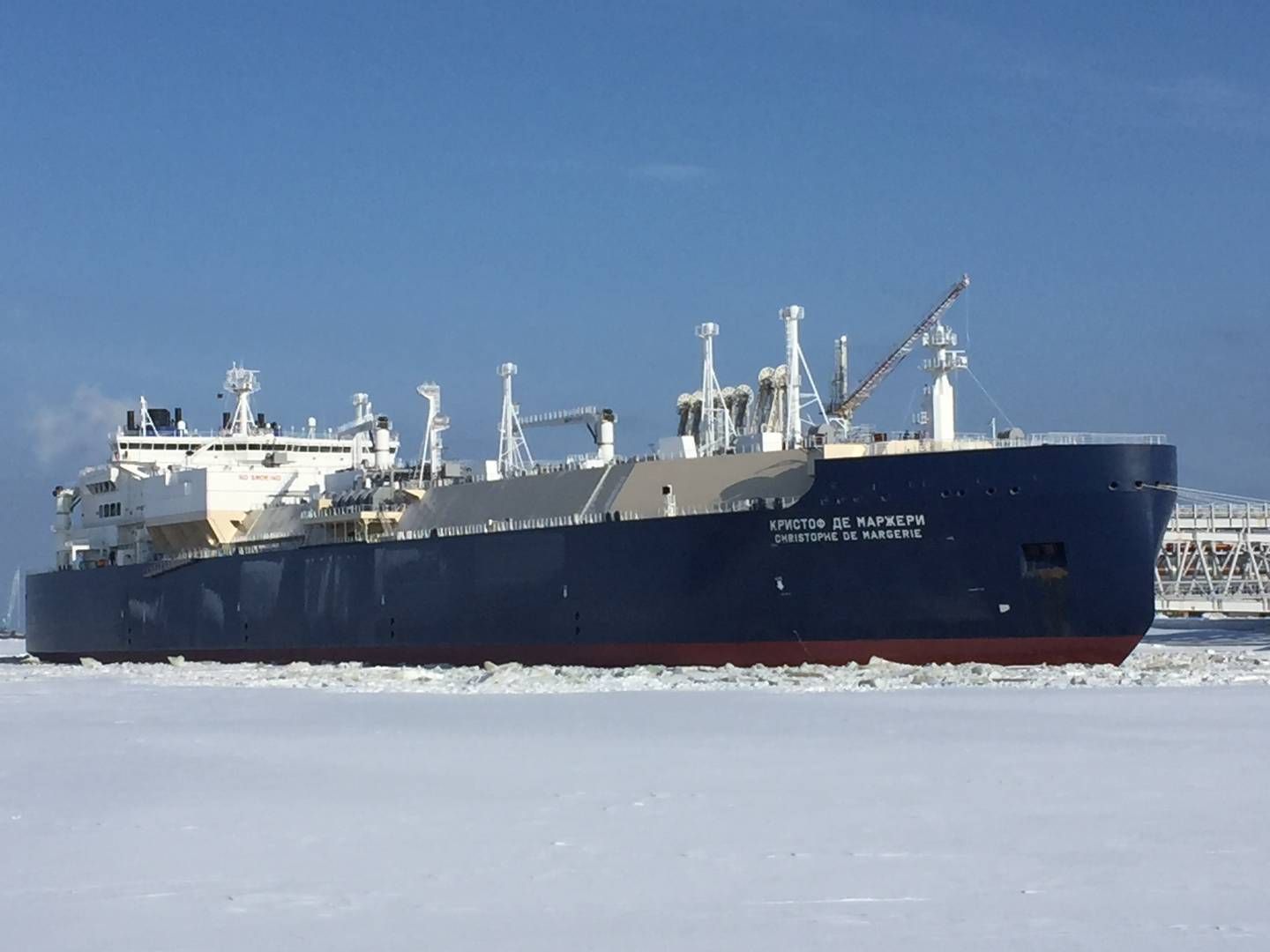Maersk raises fuel surcharge for customers following large price hikes
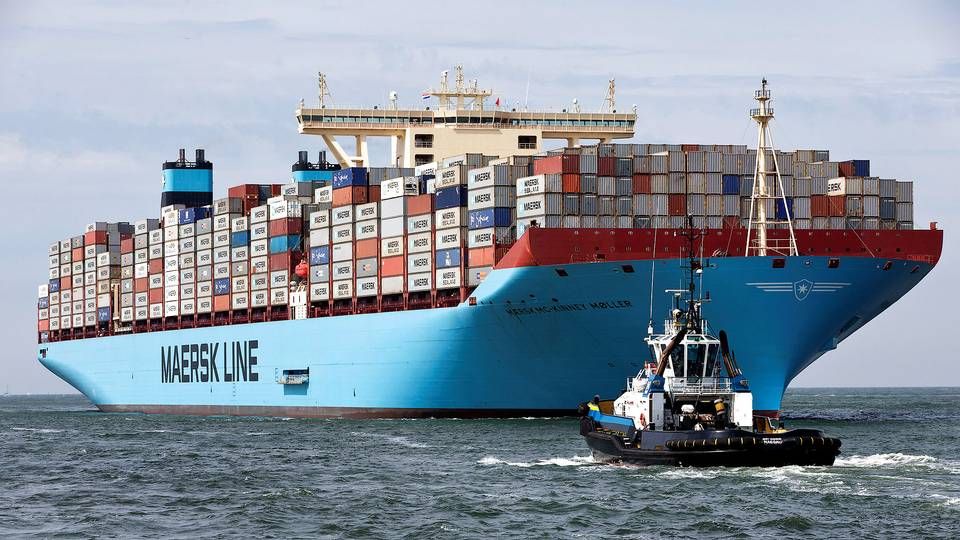
Maersk sends the major price hikes seen in recent weeks on to its customers.
The IMO's new sulfur regulation came into force at the turn of the year, which means that ships can now no longer sail on fuel with more than 0.5 percent sulfur unless they have scrubbers installed.
But since the new cap came into force, prices of the new fuels have skyrocketed.
In a message to its customers, Maersk says that the large price increases make the shipping company raise the bunker adjustment factor, BAF, that customers must pay, starting on March 1.
"In recent months, we have seen VLSFO prices increase substantially and more so in recent weeks," writes Maersk in the message, which ShippingWatch has read.
"The tariff increases will be seen across all trades with an increase range between 50 to 200 USD per FFE, reflecting the increased fuel costs associated seen during recent weeks," writes the liner company.
Effective from March 1
The BAF tariffs are contracts that the shipping companies sign with customers. The tariff is intended to offset fluctuations in the oil price, so that the shipping lines will not have to, on their own, cover bunker price increases when the oil price goes up. Or, conversely, profit when it goes back down.
The BAF is generally adjusted each quarter, but a special clause now enables Maersk to extraordinarily raise the BAF now.
This is due to the fact that the price increases seen in recent weeks mean that the fuel price has gone up by more than USD 50 per ton compared to the last time the BAF was adjusted.
"Maersk will apply the additional monthly trigger defined in our Bunker Adjustment Factor (BAF) and Environmental Fuel Fee (EFF) formulas and the new tariffs will be effective 1 March 2020," writes Maersk.
According to the container line, prices have soared in particular in the world's biggest bunker port, Singapore, where it for a time climbed above USD 700 per ton, which was 20 percent higher than the prices that formed the basis for the latest BAF.
Analyst doubts BAF success
Maersk and the other major container shipping lines have repeatedly stated that they will not, on their own, be able to absorb the extra cost of the new fuels, but that the costs will instead be passed on to customers.
In the case of Maersk, the shipping company has estimated that the extra bill can total USD 2 billion.
However, shipping analyst Lars Jensen, CEO of Seaintelligence Consulting, doubts that the container shipping companies have even been able to cover their costs related to the more expensive low-sulfur fuel through their BAF surcharges.
The shipping companies so far say that they have been able to do so.
Jensen has compared the rates on select routes to the rate levels at the same time previous years – that is, just ahead of the Chinese New Year, which begins for real on Friday and traditionally generates activity and higher rates.
"BAF as well as the seasonal changes that traditionally happen ahead of the Chinese New Year are part of the final rate, and one can just say that it doesn't deviate from the norm, which indicates that they have not been successful with the sulfur surcharge," Jensen tells ShippingWatch.
On Asia-North Europe, the price for shipping a container, namely the final rate that customers pay, including all tariffs and seasonal fluctuations, has increased to USD 1,124.
In 2013 and 2014, bunker prices were at around the same level, but at the time, the rate for shipping a container from Asia to North Europe increased to USD 1,418 and USD 1,765, respectively.
From Asia to the US West Coast, the rate in 2013 came to USD 2,520 for a forty-foot container, feu, and USD 2,111 in 2014. Today, the price stands at USD 1,636.
"The market is not as strong as the shipping companies had hoped for. Right now it's difficult to fill the ships without having to compromise on the combined rate, even though the shipping companies have been good at withdrawing capacity," says Jensen.
It remains unknown whether other liner companies have raised or plan to raise their BAF surcharges.
Maersk declines to comment further on the update to customers, noting that the company is in a silent period ahead of Feb. 20, when it will publish its annual report for 2019.
English Edit: Daniel Logan Berg-Munch
Shipowners' scrubber bet pays off in start of 2020
Related articles
Shipowners' scrubber bet pays off in start of 2020
For subscribers
Sulfur rules generate differing ship speeds
For subscribers
Container rates soar ahead of 2020
For subscribers

